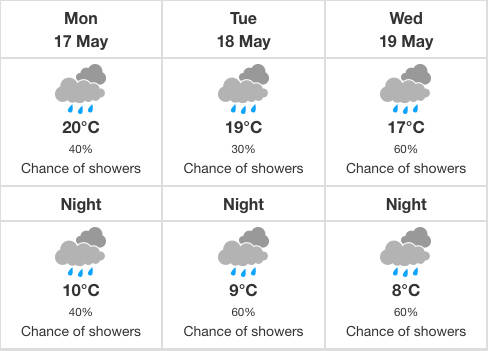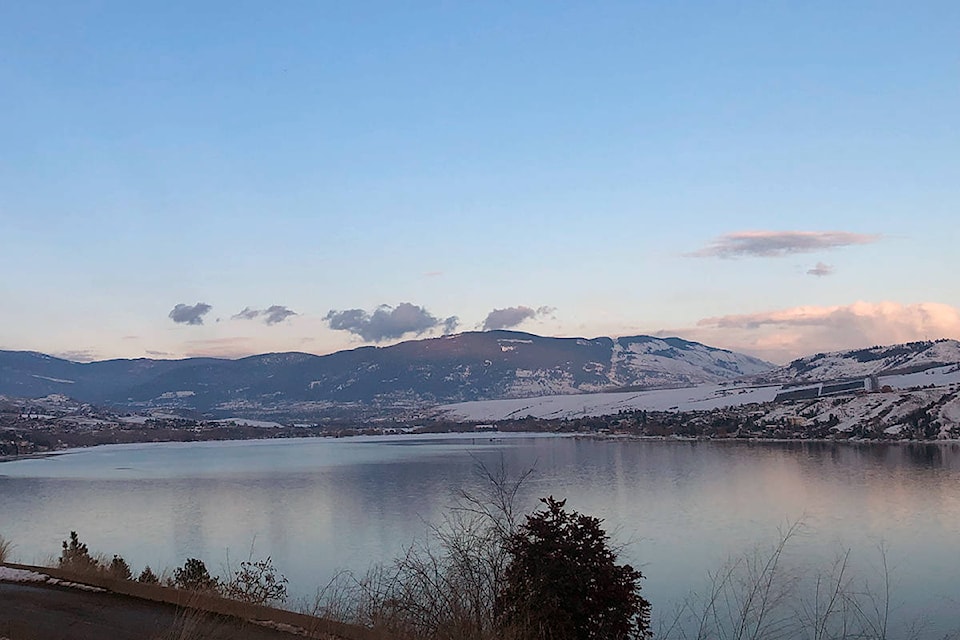Kelowna experiencing its driest March on record this year could spell trouble for the rest of the Okanagan this summer, according to one meteorologist at Environment Canada.
Meteorologist Bobby Sekhon said rain in May and June — typically the two wettest months in the year for the Okanagan — is not only critical for the agriculture industry, but also for helping to alleviate drought and prevent forest fires.
“Unfortunately though, even though May is the second-wettest month of the year for the Okanagan, so far we haven’t really seen much precipitation at all,” said Sekhon.
According to Environment Canada’s climate normals, Kelowna receives an average of 40 mm of rain in May. So far, only one millimeter of rain has fallen in Kelowna this month, which came on May 12.
“We’ll take every millimeter we can get, of course. In general, it’s not quite enough, since that’s really been the only rain we’ve received all month,” said Sekhon.
In March, Kelowna received a total of 2.6 mm of precipitation, compared to the monthly average of almost 22 mm. April wasn’t much different — only 7.4 mm of precipitation was recorded, far below the monthly average of 29 mm.
“Basically, over the two months of March and April, we really only got about 20 per cent of the average precipitation that we normally get in Kelowna,” said Sekhon. “It’s pretty indicative of how dry it was, really. Just 10 mm of precipitation combined from March and April 2021 for Kelowna.”
However, the change from this weekend’s hot, dry temperatures to next week’s pattern of showers is a good sign, he said.
“Really, it’s into the middle of next week — Tuesday, Wednesday, Thursday — that’s where we’re expecting what’s called an upper low to come through,” he said. “That’s generally how the Okanagan receives most of its precipitation for these couple of months, is these upper cold lows coming through which generate widespread showery precipitation and provides moisture.”

Although it’s not a high probability, he said early indications reveal a warmer than average summer for the Okanagan.
“These couple of months here, May and June, are going to be absolutely critical to receive some precipitation,” he said. “If that doesn’t happen, that doesn’t really set a good tone for the summer.”
READ MORE: Italian moved to Okanagan with hope; he ended up being sent to a WWII internment camp
READ MORE: Friends and family rally to replace Kelowna man’s broken electric tricycle
@aaron_hemens
aaron.hemens@kelownacapnews.com
Like us on Facebook and follow us on Twitter.
